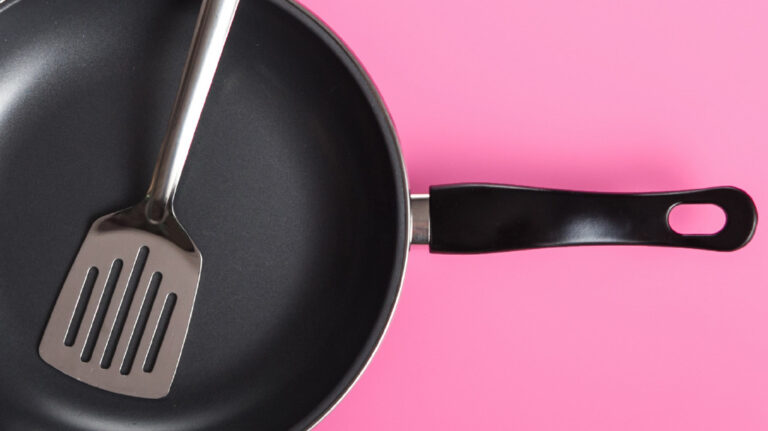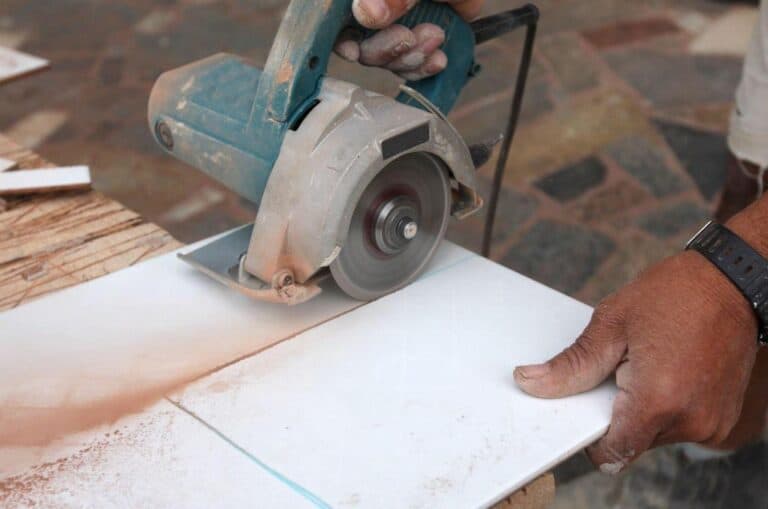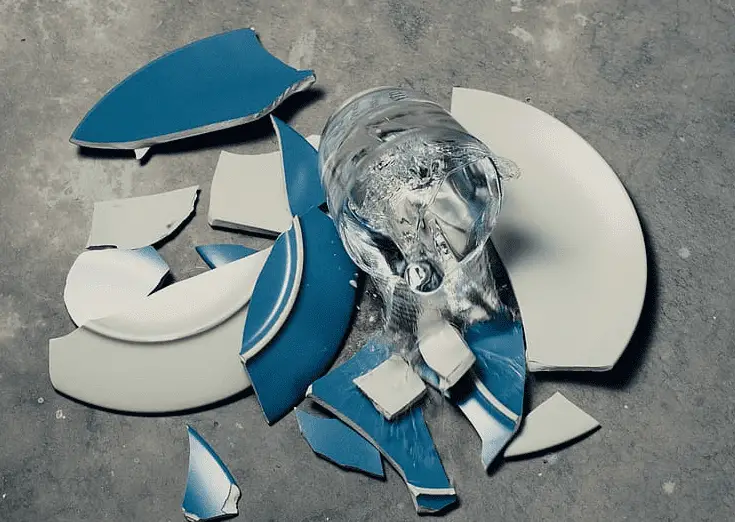Ceramic Insulators vs. Porcelain Insulators: What’s the Difference?
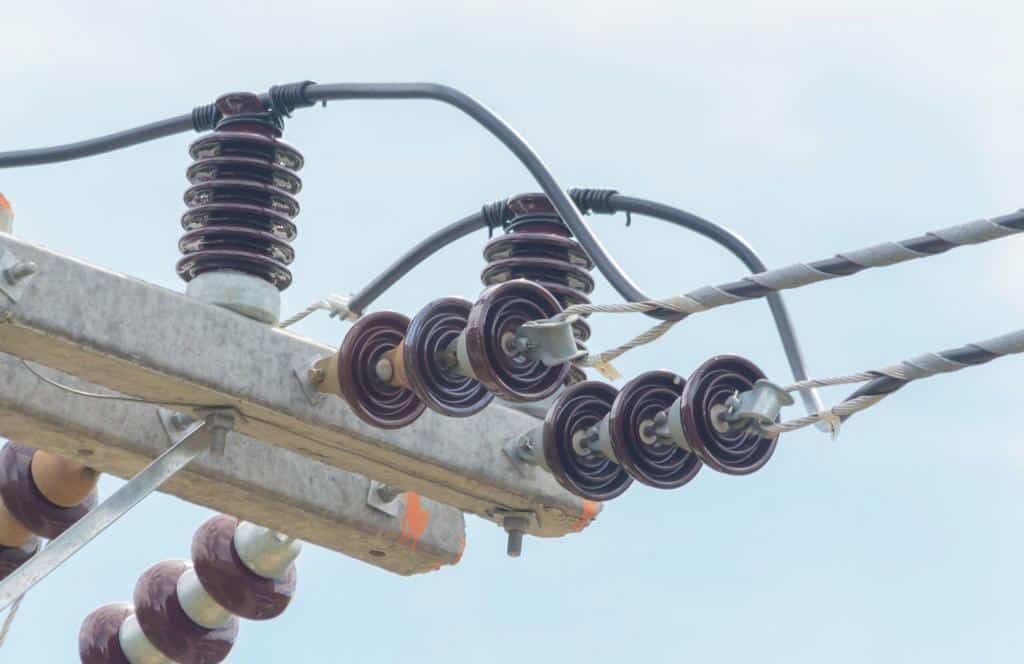
Insulators are an important part of electrical systems because they help keep the flow of electricity in check. There are various types of insulators; the most popular are ceramic and porcelain, each of which has different properties and is suited to different applications.
Are you curious to find out why ceramic and porcelain insulators are used in many electrical systems? Are you looking for a simple explanation of the differences between these two types of insulators?
If so, this article is the perfect solution for you. In this blog post, we’ll look at what ceramic and porcelain insulators have in common and what makes them different. We’ll also talk about how to choose between the two.
Whether you’re an electrician, engineer, or simply curious about the world of insulators, this post will provide you with the information you need to make an informed decision. So let’s dive in and take a closer look at ceramic and porcelain insulators!
What is Insulators
Insulators are materials that have a high resistance to the flow of electric current. They are used in electrical systems to prevent the flow of electricity from one conductor to another or to prevent the escape of electricity from a conductor into the surrounding environment.
Insulators are important for keeping electrical systems safe and running well because they help contain and control the flow of electricity.
There are various types of insulators, including ceramic, porcelain, glass, rubber, and plastic. Each has distinct characteristics and is best suited to specific applications.
Insulators are used in a wide range of applications, including in electrical cables, transformers, electrical switches, and power lines. They are also used in the construction of electrical appliances and electronic devices to protect against electrical shock and stop electricity from leaking out into the environment.
Importance of Insulators in Electrical Systems
Insulators are an important part of electrical systems because they help keep the flow of electricity in check. Without insulators, it would be difficult to safely transmit and distribute electricity, and electrical devices and appliances would be at risk of electrical shock.
Here are some specific ways in which insulators are important in electrical systems:
- Containment of electricity. Insulators are used to prevent the flow of electricity from one conductor to another or to the surrounding environment. This helps to contain electricity within the intended path and ensures that it is only transmitted or distributed to the desired location.
- Protection against electrical shock. Insulators are used to protect people and animals from electrical shock. They are commonly used in the construction of electrical appliances and electronic devices to prevent electricity from escaping and coming into contact with people or animals.
- Efficient transmission of electricity. Insulators help to ensure that electricity is transmitted efficiently by preventing the flow of electricity to unintended locations. This helps to reduce losses and increase the overall efficiency of the electrical system.
- Safe operation of electrical systems. Insulators play a crucial role in the safe operation of electrical systems. By preventing the flow of electricity to unintended locations, they help to reduce the risk of electrical fires and other hazards.
- Prevent Electromagnetic Interference. They provide a measure of protection against interference caused by electromagnetic fields that could disrupt normal system function.
Ceramic Insulators
Definition of Ceramic Insulators
Ceramic insulators are a type of insulator made from ceramics, which are non-metallic, inorganic materials that are composed of metal and non-metal elements.
Ceramic insulators are typically made by shaping and firing a mixture of ceramic materials, such as clay, silica, and alumina, at high temperatures.
There are a number of things about ceramic insulators that make them good for use in electrical systems. They are hard, strong, and durable, and they can withstand high temperatures and mechanical stresses.
They also can’t be broken down by chemicals or electricity, so they can be used in harsh environments.
Ceramic insulators are used in a wide range of electrical applications, including electrical cables, transformers, electrical switches, and power lines. They are used in electrical appliances and electronics to prevent electrical shock and leakage.
Materials Used in Ceramic Insulators
Ceramic insulators are typically made from a mixture of ceramic materials, such as clay, silica, and alumina. These materials are mixed, shaped, and fired at high temperatures to make the ceramic insulator.
The ceramic mixture used to make ceramic insulators depends on the product’s properties. For example, adding certain materials to a ceramic insulator can make it stronger, better at blocking electricity, or more resistant to high temperatures.
In addition to the ceramic mixture, ceramic insulators may also have other materials, like glazes or coatings, to make them work better or look better. For instance, a glaze can be put on the surface of a ceramic insulator to make it better at blocking electricity or more resistant to weathering and corrosion.
Porcelain Insulators
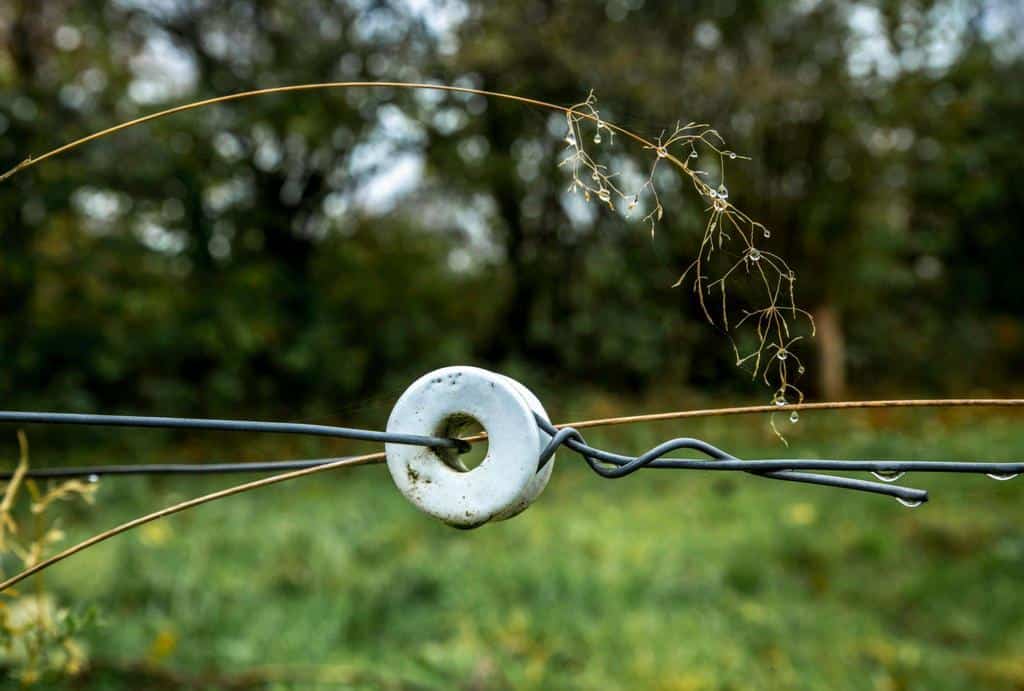
Definition of porcelain insulators
Porcelain insulators are made from porcelain, a ceramic material known for its strength, hardness, and electrical insulation. Most porcelain insulators are made by shaping and firing at high temperatures a mix of porcelain materials like kaolin, feldspar, and quartz.
Porcelain insulators are used in a wide range of electrical applications, including electrical cables, transformers, electrical switches, and power lines. They protect electrical appliances and electronics from electrical shock and prevent electricity from escaping.
Porcelain insulators are known for their high strength, hardness, and ability to keep electricity from passing through them. This makes them good for use in harsh environments and in places where there is a lot of mechanical stress and high voltage. They resist chemical corrosion and electrical breakdown, making them suitable for many electrical applications that require durability and dependability.
Materials Used in Porcelain Insulators
Porcelain insulators are typically made from a mixture of porcelain materials, such as kaolin, feldspar, and quartz. The finished porcelain insulator is made by mixing these materials together, shaping them into the desired shape, and then firing them at high temperatures.
The specific composition of the porcelain mixture used to make porcelain insulators depends on the desired properties of the finished product. For example, adding certain materials to a porcelain insulator can make it stronger, better at blocking electricity, or more resistant to high temperatures.
In addition to the mixture of porcelain and other materials, porcelain insulators may also have glazes or coatings to make them work better or look better. For example, a glaze can be put on the surface of a porcelain insulator to improve its electrical insulation or make it more resistant to weathering and corrosion.
Similarities and Differences Between Ceramic and Porcelain Insulators
Ceramic and porcelain insulators are both types of insulators that are made from ceramic materials. They are used in electrical cables, transformers, switches, power lines, and appliances and electronics to prevent electrical shock and prevent electricity from escaping.
One of the main similarities between ceramic and porcelain insulators is that they are both made from ceramic materials. Both types of insulators are typically made by shaping and firing a mixture of ceramic materials at high temperatures. But the mix of materials used to make ceramic and porcelain insulators can be different, which can make them work in different ways.
Another similarity between ceramic and porcelain insulators is that they both have high strength and durability. They can stand up to a lot of mechanical stress and don’t break easily, so they can be used in harsh environments.
Both types of insulators have high electrical insulation, which means that they have a high resistance to the flow of electric current and are good at stopping electricity from escaping from a conductor.
One of the main differences between ceramic and porcelain insulators is that porcelain insulators are generally harder and more resistant to breakage than ceramic insulators.
Because of this, porcelain insulators work well in situations where there are a lot of mechanical stresses. In addition, porcelain insulators may have a higher electrical insulation rating than ceramic insulators, depending on the specific mixture of materials used to make them.
They are known for being strong, durable, and resistant to chemical corrosion and electrical breakdown. They are known for being strong, long-lasting, and resistant to chemical corrosion and electrical breakdown. Because of this, they can be used in a wide range of electrical applications.
The materials that go into ceramic insulators are carefully chosen to give them the right properties and performance. The exact mix of materials used can change depending on how it will be used and what properties are wanted in the end product.
Overall, ceramic and porcelain insulators are similar in that they are both made from ceramic materials and have high strength, durability, and electrical insulation. However, there are also some key differences between the two types of insulators, including their hardness, electrical insulation rating, and cost.

